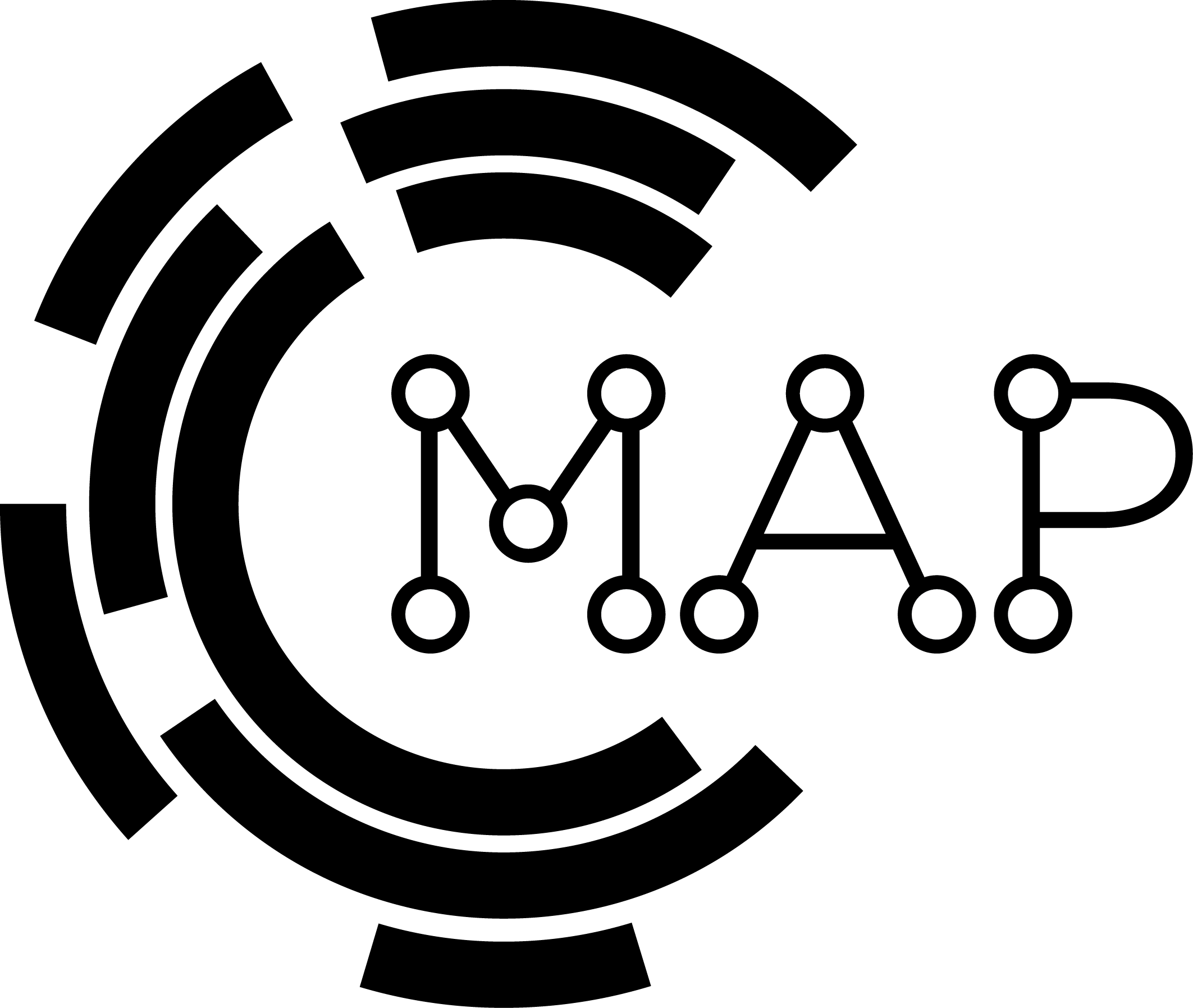CENTER FOR THE MULTIPLEXED ASSESSMENT OF PHENOYPE
The problem: Existing multiplexed assays of variant effects (MAVEs) typically do not account for genetic, environmental, or tissue/developmental context. This limits the utility of MAVEs for understanding how variants interact with genetic background, affect non cell-autonomous phenotypes, alter organismal phenotype, or are impacted by environmental factors. As a result, existing MAVEs yield variant effect data that are useful for clinical variant interpretation in genes where variants have simple, cell autonomous phenotypes independent of genetic and environmental context.
Our solution: The Center for the Multiplexed Assessment of Phenotype (CMAP) aims to overcome these limitations by developing technologies for mapping variant effects at scale across a wide range of environmental conditions, genetic contexts, and in multicellular model systems. We also develop tools that leverage multiplex functional data to improve the prediction of disease risk.

